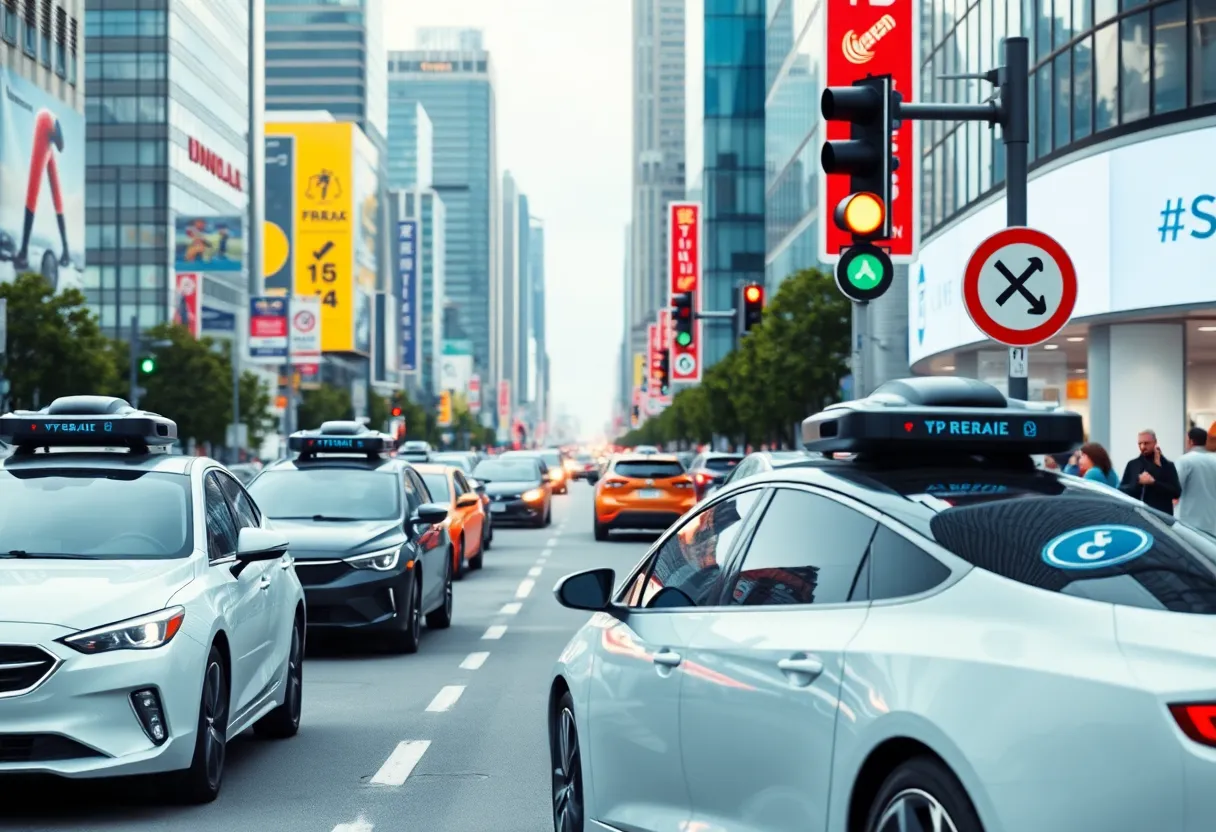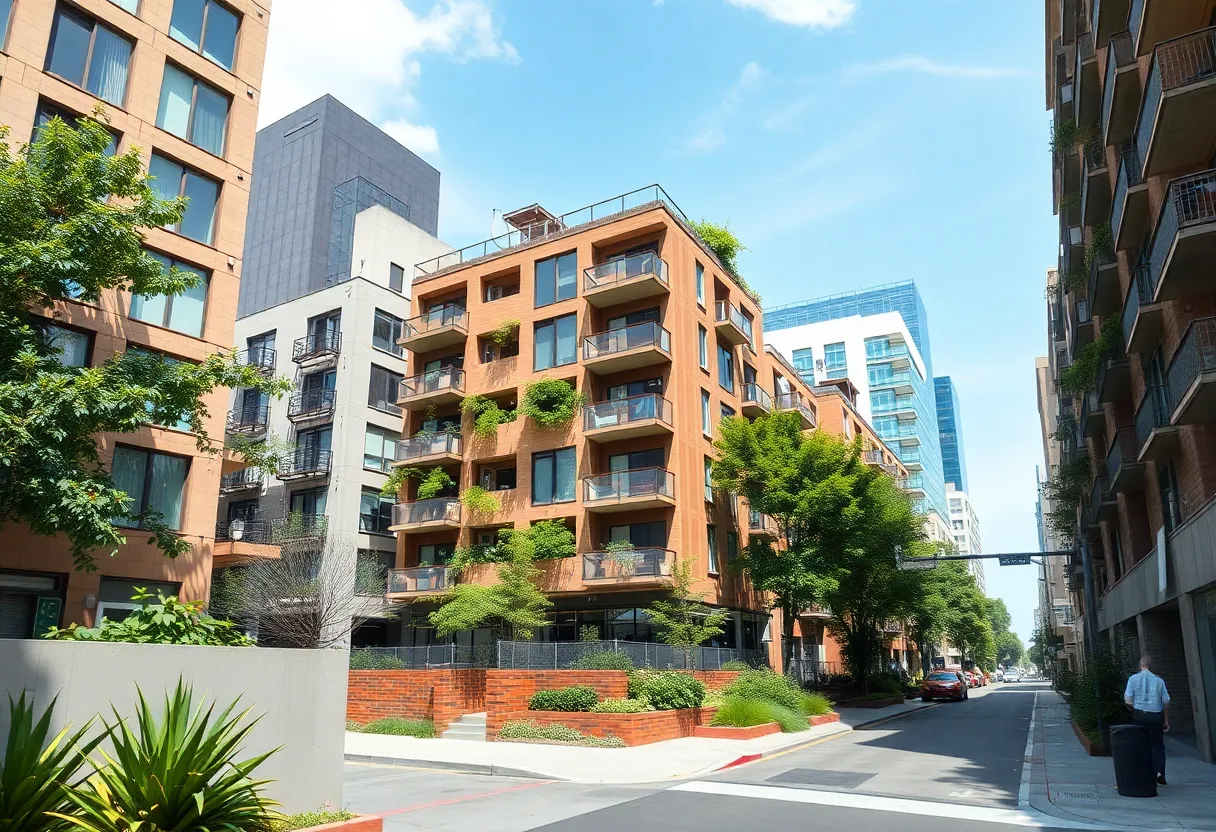News Summary
Tesla is taking a measured approach to its Robotaxi service ambitions in California, holding discussions with regulators about its ridesharing plans. Internal documents reveal the company has engaged in five meetings with the DMV since early 2024, focusing on regulatory compliance rather than rapid expansion. With no permits currently in place for an autonomous ridesharing service, Tesla’s phased rollout strategy includes employee rides before seeking public operations. Ongoing concerns from regulators emphasize the importance of adhering to legal frameworks as Tesla navigates its ambitious goals.
California – Tesla is navigating a cautious approach to its ambitious plans for a Robotaxi service in California, engaging in limited discussions with state regulators regarding the expansion of its ridesharing operations. Internal documents reveal that company representatives have held at least five meetings with officials from the California Department of Motor Vehicles (DMV) since the start of 2024, signaling a more restrained stance than CEO Elon Musk’s previous proclamations about a far-reaching autonomous taxi vision.
The conversations have included key personnel such as Miguel Acosta, the DMV’s director of autonomous vehicles. Despite Musk’s earlier assertions that a Robotaxi launch could occur “in a month or two” in the Bay Area, recent correspondences indicate that Tesla is focused on adhering to existing regulations rather than pursuing rapid expansion. As of now, the company lacks the regulatory permits required to operate an autonomous ridesharing service in California, whether with a safety driver or without.
Two more meetings with the DMV are scheduled for July, coinciding with a significant warning from state regulators about what they described as an unauthorized rollout in the Bay Area. Notably, the term “Robotaxi” has not been formally used in communications between Tesla and the DMV over the past year, pointing to a discrepancy between Musk’s public statements and the company’s actual operational plans.
In an effort to clarify its position, Tesla’s senior counsel reached out to the DMV in April, explaining that its forward-looking plans would not include unsupervised full self-driving services within the state. The communication emphasized the necessity of obtaining additional permits for both driverless and drivered rideshare operations, reflecting a deliberate intent to comply with state regulations.
Currently, Tesla is authorized solely to operate a conventional rideshare service, which is limited to transporting its employees. The strategy for a potential rollout includes a phased approach starting with rides for employees, followed by friends and family before permission is sought for operations involving the general public. This method displays a cautious progression in light of serious regulatory scrutiny.
Regulatory officials have raised concerns, including Assemblymember Catherine Stefani, stressing the importance of adherence to regulations amid fears of a hasty, unauthorized launch. The ongoing dialogue suggests an evolving regulatory landscape that may temper Tesla’s envisioned timeline for a full Robotaxi service.
In the past, California regulators have intervened in relation to Tesla’s claims surrounding its self-driving technologies, which reflects the heightened oversight the company faces. The meetings between Tesla and the DMV have largely stayed centered on current safety driver permits and protocols for testing, emphasizing compliance with established guidelines.
Additionally, Musk’s government interactions often follow public remarks that generate media buzz, hinting at a strategy to create attention ahead of official regulatory discussions. In one instance, following a suggestion on social media regarding the introduction of unsupervised full self-driving, Tesla acted swiftly to clarify its operational narrative to regulators.
As Tesla reports communications hinting at expanding its transportation services, it is clear that compliance with local laws is paramount. The DMV has reiterated that Tesla cannot utilize its existing permits to offer public transport services, regardless of the presence of a driver or if payment is involved, further complicating the company’s strategy.
The regulatory challenges Tesla faces in California reflect the broader difficulties that innovative automotive companies encounter as they attempt to introduce advanced technologies in a complex legal framework. As developments unfold, the path to achieving Musk’s ambitious Robotaxi vision remains uncertain, with significant questions over regulatory alignment still to be addressed.
Deeper Dive: News & Info About This Topic
- Teslarati: Tesla Sends Cryptic Message That Robotaxi Expansion Is Imminent
- Wikipedia: Robotaxi
- Business Insider: Tesla Robotaxi Bay Area Launch Memo
- Google Search: Tesla Robotaxi
- Reuters: Tesla Updates Robotaxi Users About Chauffeur-Style Service
- Encyclopedia Britannica: Tesla
- ABC7 News: Tesla Plans to Roll Out Robotaxi Service
- Google News: Tesla Robotaxi California

Author: STAFF HERE HOLLYWOOD
The Hollywood Staff Writer represents the experienced team at HEREHollywood.com, your go-to source for actionable local news and information in Hollywood, Los Angeles County, and beyond. Specializing in "news you can use," we cover essential topics like product reviews for personal and business needs, local business directories, politics, real estate trends, neighborhood insights, and state news affecting the area—with deep expertise drawn from years of dedicated reporting and strong community input, including local press releases and business updates. We deliver top reporting on high-value events such as the Hollywood Bowl summer concerts, the Hollywood Christmas Parade, film premieres at TCL Chinese Theatre, and festivals at the Magic Castle. Our coverage extends to key organizations like the Hollywood Chamber of Commerce and Visit Hollywood, plus leading businesses in entertainment, dining, and tourism that define the local economy. As part of the broader HERE network, including HERELosAngeles.com, HEREBeverlyHills.com, HEREAnaheim.com, and HEREHuntingtonBeach.com, we provide comprehensive, credible insights into Southern California's dynamic landscape.





